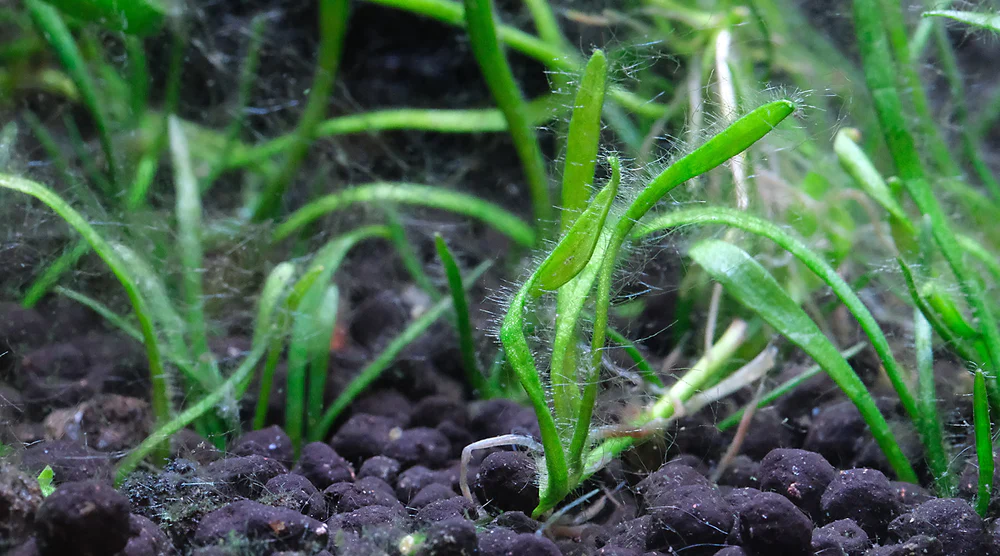In the bustling city of Tokyo, Nanako Hama finds herself inundated with mail, not from secret admirers or pen pals, but from strangers across Japan. The curious packages contain locks of hair – a peculiar commodity that holds untapped potential. This isn’t a bizarre hobby, but rather a movement to address the staggering problem of hair waste generated by salons worldwide.
The Hair Recycling Revolution
In the United States and Europe, salons discard a jaw-dropping 31.5 tons and sevenfold more of hair waste daily, respectively. This waste contributes to environmental issues as it often ends up in landfills, releasing harmful greenhouse gases. However, proponents argue that hair possesses unique properties that make it too valuable to be discarded carelessly.
Hair, when on our heads, is deemed crucial and sometimes symbolic of beauty. However, the narrative drastically changes when it falls or is cut, instantly transforming into what many perceive as garbage. This perception is what organizations like Matter of Trust (MoT) seek to challenge. For them, hair is not just a discarded element but a resource with vast potential.
Matter of Trust’s Innovative Approach
Nanako Hama is part of Matter of Trust (MoT), a San Francisco-based nonprofit organization that pioneers hair recycling. With over 60 hubs across 17 countries, MoT collects donated hair from salons and individuals, transforming it into inch-thick mats used to clean up oil spills. The structure of hair, particularly its scaly outer layer, allows it to attract and retain oil efficiently.
The innovative process involves felting the collected hair into square mats, approximately 33 inches in size. These mats have proven to be effective in major oil spills, including the 2010 Deepwater Horizon incident. Hama’s team is gearing up to deploy their mats in Niigata City, where over 300 leaky wells remain in an abandoned oil field. This approach not only tackles the environmental impact of oil spills but also repurposes what was once considered waste into a powerful solution.
Hair’s Environmental Applications
Beyond oil spill cleanup, recycled hair finds everyday applications. Drain buffers and biodegradable grease traps utilize hair to prevent pollution in stormwater runoff. Nanako Hama’s team is set to use their mats at Japan’s Fuji Rock Festival to filter wastewater, showcasing the versatility of recycled hair in diverse environmental contexts.
The inherent properties of hair, specifically its ability to absorb oil, make it a valuable asset in combatting pollution. Megan Murray, an environmental scientist at the University of Technology Sydney, notes that recycled human hair could adsorb 0.84 grams of crude oil onto its surface for every gram of hair. This surpasses the performance of polypropylene, a plastic commonly used in oil spill cleanup.
Hair as a Fertilizer and Mulch
Hair’s rich protein content, specifically keratin, makes it an excellent source of nitrogen – a crucial nutrient for plant growth. In contrast to commercial fertilizer, hair releases nutrients slowly, preventing excess nitrogen from leaching into waterways. Entrepreneurs like David Denis have successfully turned recycled hair into liquid fertilizer, resulting in increased crop yields for farmers in Tanzania.
The experiments conducted by Stuart Weiss, a conservation ecologist at Creekside Science, demonstrate the efficacy of uncomposted hair in growing various plants. Herbs such as basil, sage, and peppermint, along with horticultural crops like lettuce, have thrived with the use of recycled hair. This slow-release nutrient source not only benefits plant growth but also addresses concerns about waterway pollution caused by rapid nutrient leaching.
Restoring Landscapes with Recycled Hair
Recycled hair plays a vital role in restoring degraded land and seascapes. Seawilding, a Scottish charity, experiments with using hair as a medium for sowing seagrass to counteract the loss of marine habitats. On land, hair is applied in the Presidio’s grasslands, with promising results in improving native grass cover and restoring compacted soil.
The potential of recycled hair extends beyond traditional agricultural applications. The Scottish-based charity Seawilding is currently trialing hair as a medium for sowing seagrass in an attempt to counteract the loss of marine habitats. In the UK, an estimated 44 percent of seagrass meadows have been lost since 1936. This innovative approach showcases how hair, once destined for the waste bin, can be a powerful ally in ecological restoration.
Conclusion:
Despite its initial label as waste, hair emerges as a multifaceted solution for environmental challenges. From oil spills to agriculture and ecological restoration, the journey of recycled hair showcases the transformative power of innovation. As Lisa Gautier, MoT’s co-founder, asserts, our “crowning glories” need not lose their luster once severed from our heads. In a world grappling with environmental issues, the answer might just be hanging in front of our eyes – in the form of discarded locks of hair. The path to sustainable solutions is often hidden in plain sight, waiting for us to recognize the value in what we thoughtlessly discard.

